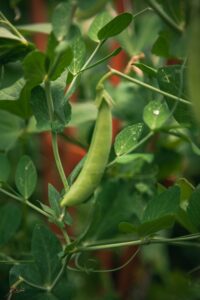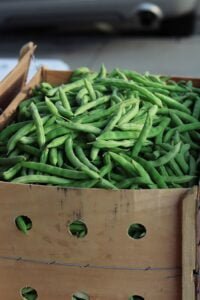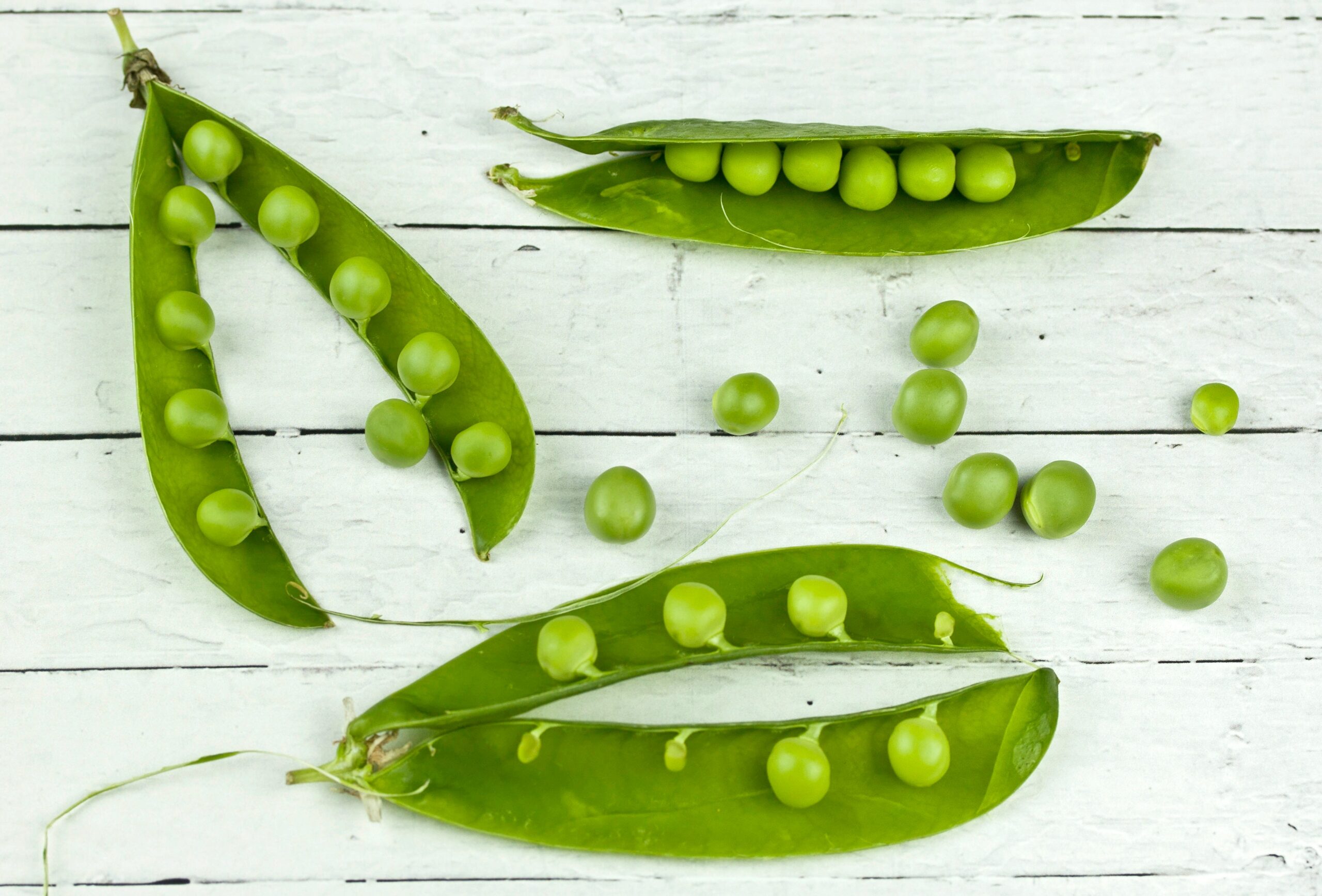Green Peas Production
Introduction
The Leguminoseae family includes peas (Pisum sativum L.). Garden peas are divided into two subspecies: Pisum sativum subspecies hartense and Pisum sativum subspecies arvense. The pods of both of these subspecies are edible. Ethiopia, as well as countries of Europe and Asia are regarded to be the origins of peas. The green peas production is completely discussed here. Peas are a delicious human food whether eaten raw as a vegetable or cooked in a soup. Cooked green peas are strong in protein contain a high amount of minerals and are a good source of vitamins A, B, and C.
Climate for green peas production
Peas are a cool-season crop that thrives in cool damp conditions. The plants can withstand a lot of cold and light frost but strong frost can destroy the blooms and green pods. When the crop matures under cool conditions the yields are usually higher and the quality is better. They do not thrive in hot dry conditions. Seed set is hampered by hot dry conditions and pod quality suffers as a result.
Soil requirements for green peas production
Peas can be cultivated in a variety of soils ranging from light sandy loams to heavy clays. For optimum pea production you’ll need enough of drainage. A ‘sandy loam’ is best for a very early crop. A well-drained clay loam or silt loam is excellent for huge yields if earliness isn’t as crucial. The garden pea prefers a little acidic soil but not too much acidity. Peas do best when the pH is between 6.0 and 7.5; if the pH is below 5.5, they will not thrive.
Manures and fertilizers
20-25 t/ha of well-rotted FYM should be put and mixed into the soil. Before sowing, final ground preparation should include 350-400 kg/ha of superphosphate and 100 kg/ha of potassium sulphate or murate of potash. At the stage of pod production, a dressing of nitrogen as ammonium sulphate at a rate of 200-300 kg/ha will be advantageous. According to Bhatti (1985) the best pea yield was obtained with a fertilizer dose of 45 kg/ha N, 90 kg/ha P20S’ and 90 kg/ha K20. Increased NPK levels resulted in higher yield per acre according to Abmed and Shafi (1978). For peas in Sindh, Bukhari and Rizvi (1973) advised 80-80-40 Ibs/acre (90-90-45 kg/ha) of NPK.
Seed rate and spacing
The seed rate for an early crop is 100-120 kg/ha per hectare, but it is 80-90 kg/ha for a typical or late planting. Germination requires a minimum temperature of around l0 degree and a maximum temperature of about 22°C. On both sides of ridges spaced 1 m apart seeds should be dibbled around 30 cm apart. The furrow width can be raised to 1.25 m for regular and late planting. Peas can also be grown in rows on levelled flat beds with 45-60 cm between rows.
Also Read: Production technology of onions
https://mianfarms.com/production-technology-of-onion/
Sowing time
Peas are planted in plains areas from October to December and in hilly areas from mid-March to the end of May.
Irrigation
A pre-sowing irrigation is recommended for optimum germination and if the soil is dry at the time of sowing a little irrigation after sowing may be required. Following that mild watering at intervals of 10-15 days may be applied during dry weather. At the time of flowering and fruit set one to two irrigations are required.
Harvesting
Peas lose their quality quickly after maturity therefore they must be collected at the right time and used right away. Six to eight weeks after seeding or about 21 days after blossoming harvesting begins. Fresh green peas are collected by hand; three to four pickings are normally required. Before the peas harden the pods are selected when they are fully green and matured. When it comes to canning and dehydration uniformity is crucial. Pea quality is determined by a number of factors but tenderness and sugar content are two of the most important. The sugar content of the fruit gradually declines as it matures.
Yield
Early cultivars usually yield approximately 3000-4000 kg/ha of green pods. Mid-season and late types offer higher yields roughly 6000-7000 kg/ha. According to scientific research seeding peas in the middle of the season yields a greater yield.

[…] Green Peas Production […]
Great work
ANAND NAWAL